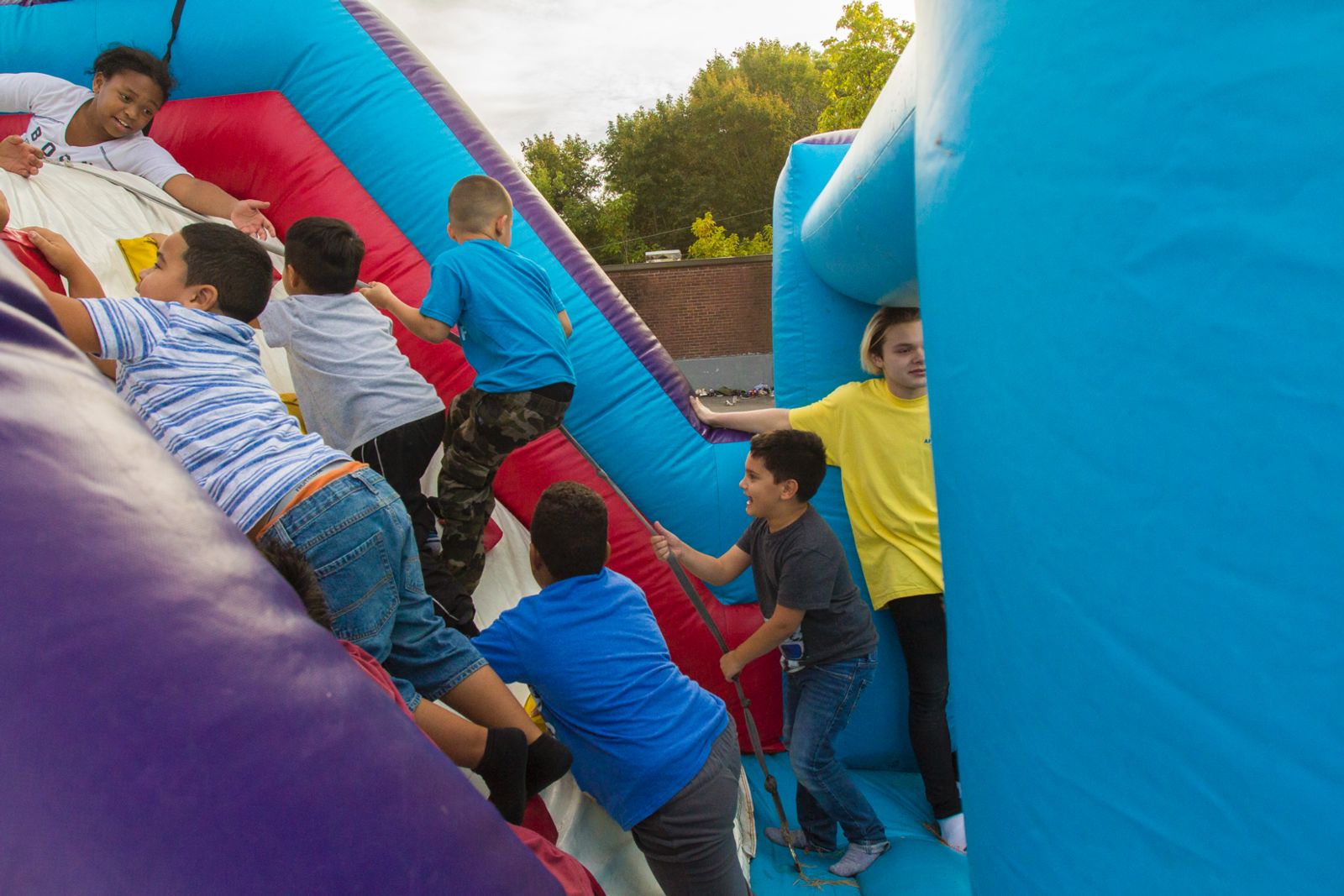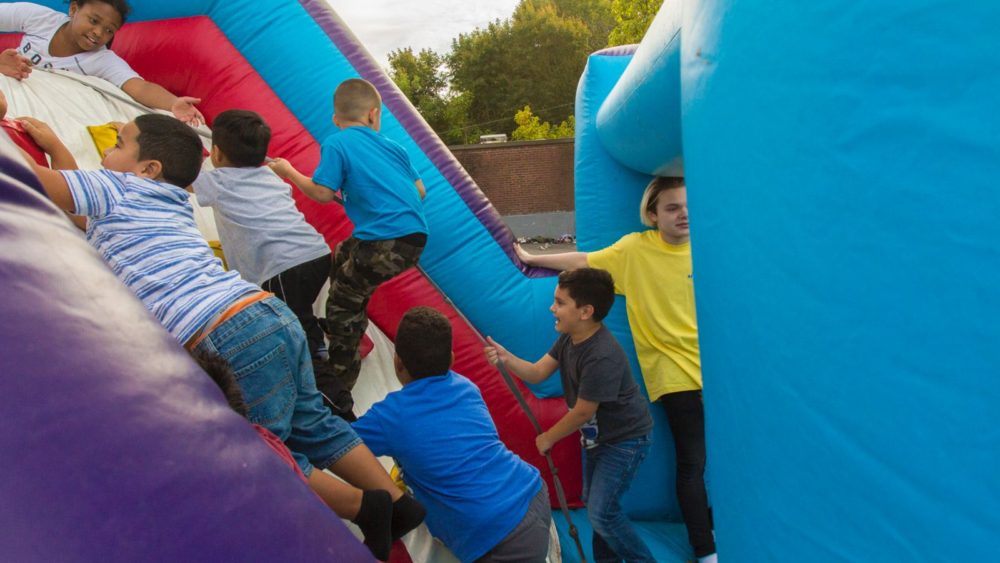 |
We all know that high quality afterschool and summer learning programs provide kids with the skills that they need to succeed in school and life. While the concept sounds simple, finding the best way to describe these skills and their development is anything but. Some people use phrases such as “social and emotional learning (SEL)” or “character development. Others refer to “21st century,” “noncognitive” or “non-academic skills.” With such a wide array of terms available, it can be hard to know how to best describe the set of skills youth develop in programs.
New research commissioned by the Wallace Foundation provides some helpful insights. For the study, EDGE Research performed desktop research, interviewed more than 45 leaders in the field, held focus groups with parents, and surveyed more than 1,600 professionals in the field. Their findings provide a valuable lens on how educators, afterschool and summer program leaders, policy makers, and parents think about these skills and what terms and messaging frames are most useful in communicating their value.
Key findings
Unfortunately, there is no “silver bullet” term for describing these skills.
Two terms—”social and emotional learning” and “social-emotional and academic learning”—are suggested as the likely best options because they were relatively familiar and clear to the audiences with which they were tested, and were generally viewed in a positive light.
The most compelling messaging strategy is to frame the skills in terms of how they benefit children by naming specific outcomes. For example, you could describe how developing social and emotional skills helps children succeed in school and in life by providing them with the ability to manage their emotions, build positive relationships, and navigate social environments, which allows them to fulfill their potential.
Interested in learning more about the study and the other terms and messaging frames that were tested? Read the full analysis and download the webinar recording on the Wallace Foundation website.

Comments are closed.